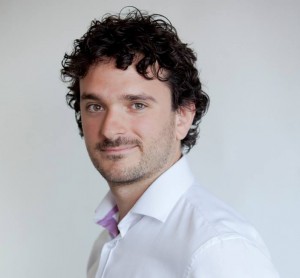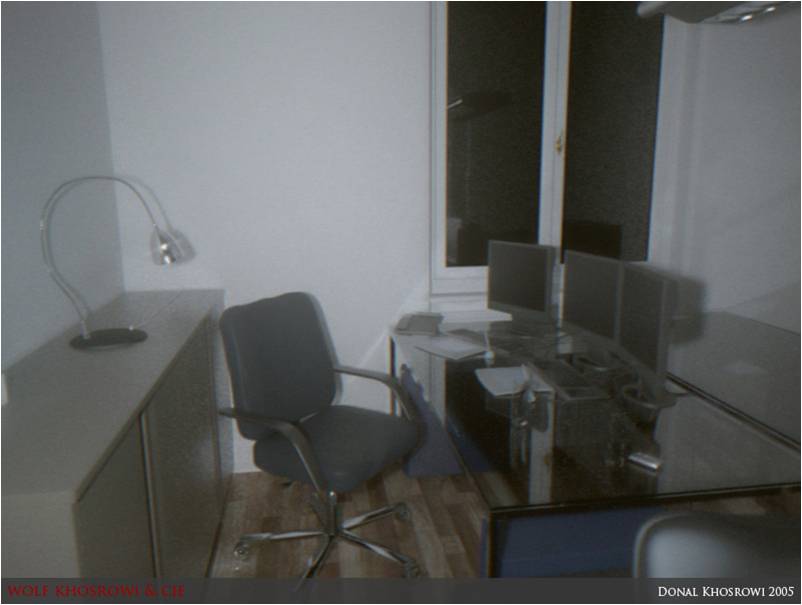Hi,
We have been so busy at the end of this year that up until a couple of weeks ago we did not realize that just ten years ago we released the first public alpha of Maxwell – when it became the first physically based, unbiased and spectral render engine in the market.
The Beginning
A decade after Maxwell was born we now live the golden age of physically-based rendering. The quality boost that the shift to PBR/Spectral/Unbiased techniques is only half the cake. When Maxwell came into the scene, lighting artists had to struggle with many variables that had no meaning in real life: sampling radius, average GI photons, bucket width, final gather, caustic photons, lock samples, ambient occlusion settings.. and so on. With Maxwell that changed dramatically as lighting artists could finally just think about light and not about algorithm issues. If you want to learn Maxwell, just learn photography. If your render does not look good, do not think about whether the “final gather fast lockup” is disabled but instead think about whether the camera shutter is appropriate. It would be impossible for me to choose just one render that has constantly raised the bar, but I remember the reaction people had after seeing this one:

The discussion here was if it was good or a bad photography, not if it was a good or a bad render. Finally people could have a discussion like “hey, I really need to improve my photography skills, this camera frame sucks, or this lighting setup is terrible”.
So it made sense that many of the first Maxwell users were traditional photographers and cinematographers, even sculptors. People would say, “I don’t care how many hours this render takes – before Maxwell it was simply not possible for me to achieve this level of realism.” It is true that Maxwell V1 was slow but at the same time it was able to produce images that had not been seen before. When we started working on Maxwell, our approach was to try to create the most accurate render technology possible, leaving speed and features for later. Our mantra was always:
If you have a fast rendering solution and you want to make it more correct, you basically have to rewrite the whole thing using a different model, meaning all your previous work optimizing algorithms are lost. However, if your model is correct and the architecture underneath is robust, making it faster is an easier task. This has always been our approach and time has shown it was the right way to go. Scenes that took many hours in 2004 are cleaned in seconds now.
At that time quite a lot of people thought we were crazy and told us that physically-based rendering was just useful for academic purposes. However at the same time, many artists who had found rendering too difficult were now able to render beautiful scenes. This post is a tribute to all our early customers, who from the beginning understood that PBR was not a hype but rather a new era that would completely change the way people render.
Maxwell Users
We want to recognize those visionaries who started using Maxwell in complex projects – building pipelines based on a completely new paradigm. These are people who early on understood that the era of multiple passes, flickering nightmares, rendering artifacts, lighting departments with more shader developers than artists… had gone.
The Science Behind
This post is also in recognition of the scientists and engineers that built the foundations of this field: Erich Veach, Peter Shirley, Kajiya, Matt Pharr, Alex Keller, Jennsen and many others.
Next Limit
It is also a gesture of gratitude to the founders of Next Limit, Victor Gonzalez and Ignacio Vargas, for trusting a team of crazy people who never knew if it was going to work. Most companies always look for a quick return on investment in everything they do and very few take on the risk of starting and maintaining pure R&D projects with a high degree of risk.
The Maxwell Family
But overall this letter is a way to say thanks to all the people who have ever contributed to the Maxwell project and are part of our family forever – developers, sales & marketing, support, testers, resellers, managers and more:
Oscar, Albert, Victor, Ignacio, Jenny, Dario, Abraham, Nacho, Miguel, Fran, Kyrstie, Janna, Victor S, Jeremy, Mihnea, Marton, Peter, Ben, Pablo, Michael, Oscar M, Manu, Yon, Bea, Boodalo, Maya, Alex, Ayumi, Nicole, Phil, Rosanna, Alfonso, Vicente, the RealFlow and XFlow teams, Roch, Jonatan, Tom, Mihai, Mike Verta, Jomaga, Herve, Tim Ellis, Markus Groeteke, Thomas An, Benjamin-Tora, Curt, Nikos, Tyrone Marshall, Hdesbois, Brian Looney, tresdk, Michael Bengtsson, Dan Abrams, Andy Cochrane, Jeff Ranasinghe, Merk Yamak, Mats Anderson and many others.
There are no words to describe the talent and devotion these people have given to Maxwell. Happy 10th anniversary to you all!
Juan
PRODUCTION BABIES
Almudena, Atlas, Maria, Jaime, Elena, Oliver I, Oliver II, Draco, Antonio, Jara, Leo, Dani
